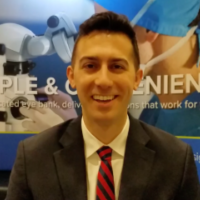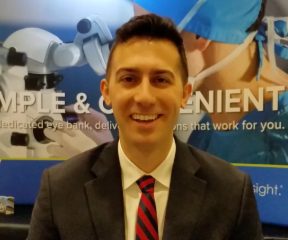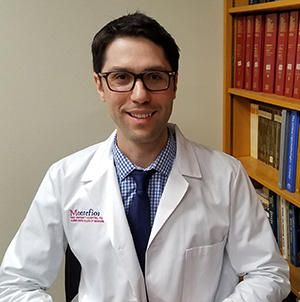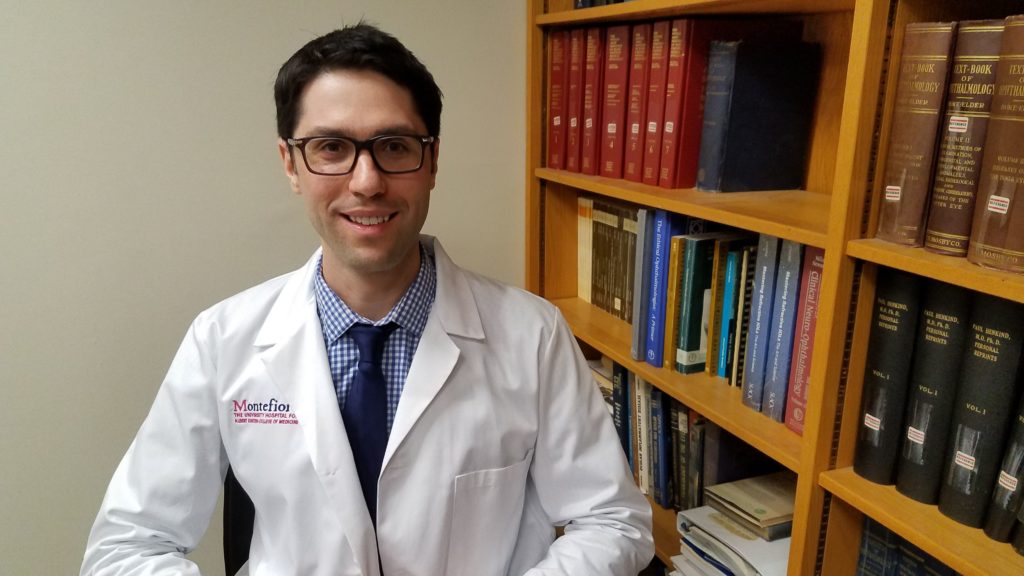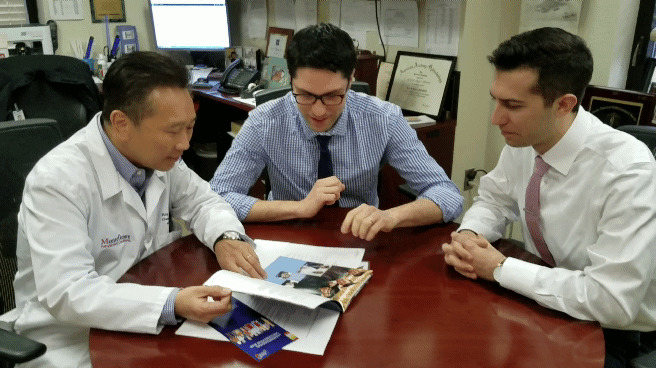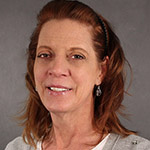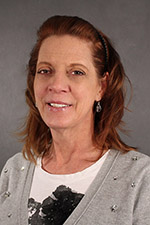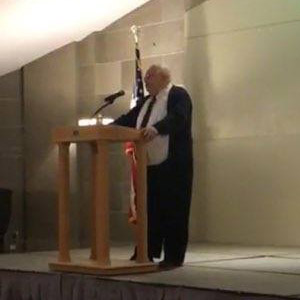
Retired Judge Gary Schmidt Shares His Story as a Corneal Transplant Recipient

On April 9th, Saving Sight was honored to take part in Donor Family Recognition Day at the Missouri State Capitol. During the event, donor families were honored by the Governor and were also introduced on the House floor. We also had the great privilege of having one of our cornea recipients, retired Judge Gary Schmidt, speak at the event to share about the impact corneal transplantation has had on his life.
Schmidt finds it very meaningful to speak at events like this. “It gives me an opportunity to express my gratitude to the families of donors of all types. Donors have done so much to improve the lives, perhaps save the lives of others. It is a privilege to say ‘Thank you!’ I’m not able to find the words to adequately express the debt of gratitude we owe them.”
Watch Retired Judge Gary Schmidt Share His Story at Donor Family Recognition Day at the Missouri State Capitol
“Donors have done so much to improve the lives, perhaps save the lives of others. It is a privilege to say ‘Thank you!’ I’m not able to find the words to adequately express the debt of gratitude we owe them.”
Gary Schmidt, Cornea Recipient
After the event, Judge Schmidt followed up with Saving Sight to discuss his experience in further detail:
Saving Sight: Judge Schmidt, can you tell us about your experience with corneal transplantation?
Schmidt: What I remember most is the fear. When my corneas both went bad at the same time, I was almost completely blind. It happened in a few short days, and I wasn’t prepared for the possibility I might be sightless for the rest of my life.
Saving Sight: What caused you to require a transplant?
Schmidt: My corneas both failed from a combination of diabetes, age and bad genes.
Saving Sight: What was your transplant experience like?
Schmidt: Unfortunately, it didn’t go smoothly. Dr. Leutkemeyer elected to do my left eye first and, after being placed, the graft moved out of position. It took several trips to surgery before the graft took and held. The right eye went much more smoothly, and I was seeing quite well within a few days.
Saving Sight: Did you have a connection to organ, eye and tissue donation prior to your transplant?
Schmidt: When I was first out of law school, an old high school classmate took on a project of signing up many bone marrow transplant donors. I was one of her targets. The idea didn’t take much selling; registering as a bone marrow donor might save a life. So I registered, and got an immediate preliminary match. Unfortunately further testing showed we were not compatible. Ultimately, several of my high school classmates did indeed donate bone marrow.
Saving Sight: What’s something you learned about the donation process through your experience?
Schmidt: I am constantly amazed at the things that may be donated, both while the donor is living and postmortem.
Saving Sight: What is something you’d like others to know about the process?
Schmidt: I would hope that everyone is aware of how much donation can change the world for a person, for a family. In my case, my donor gave me the gift of sight. Some donors are able to save lives.
Saving Sight: What are some things you enjoy to do and are able to do now that your sight is restored?
Schmidt: If I couldn’t see, I’d be a huge burden to my family. The gift of sight gives me independence, and keeps me from being a burden to them. I can now do all the things I enjoy, including going to high school football games and reading. It was always my dream to spend retirement reading all the things I never had time to read when I was working full time.
Saving Sight: What caused you to write to your donor family through our Correspondence Program?
Schmidt: Considering what my donor did for me, how could I not try and express my gratitude for their relative that did so much for me? In my case, I hope they are proud of the very good things their donor was able to accomplish. They should be very proud of him.
Saving Sight: Why is speaking at events like Donor Day at the Capitol meaningful to you as a cornea recipient?
Schmidt: It gives me an opportunity to express my gratitude to families of donors of all types. Donors have done so much to improve lives, perhaps save the lives of others. It is a privilege to say “Thank you!” I’m not able to find the words to adequately express the debt of gratitude we owe them.
Saving Sight: Is there anything else about your experience you would like to mention?
Schmidt: I think it must be incredibly satisfying to work with an agency (Saving Sight) that does so much good. Before my eyes failed I was vaguely aware that someone must be tending to such things. Now I can put smiling faces to some of the people who are doing such incredible work.


